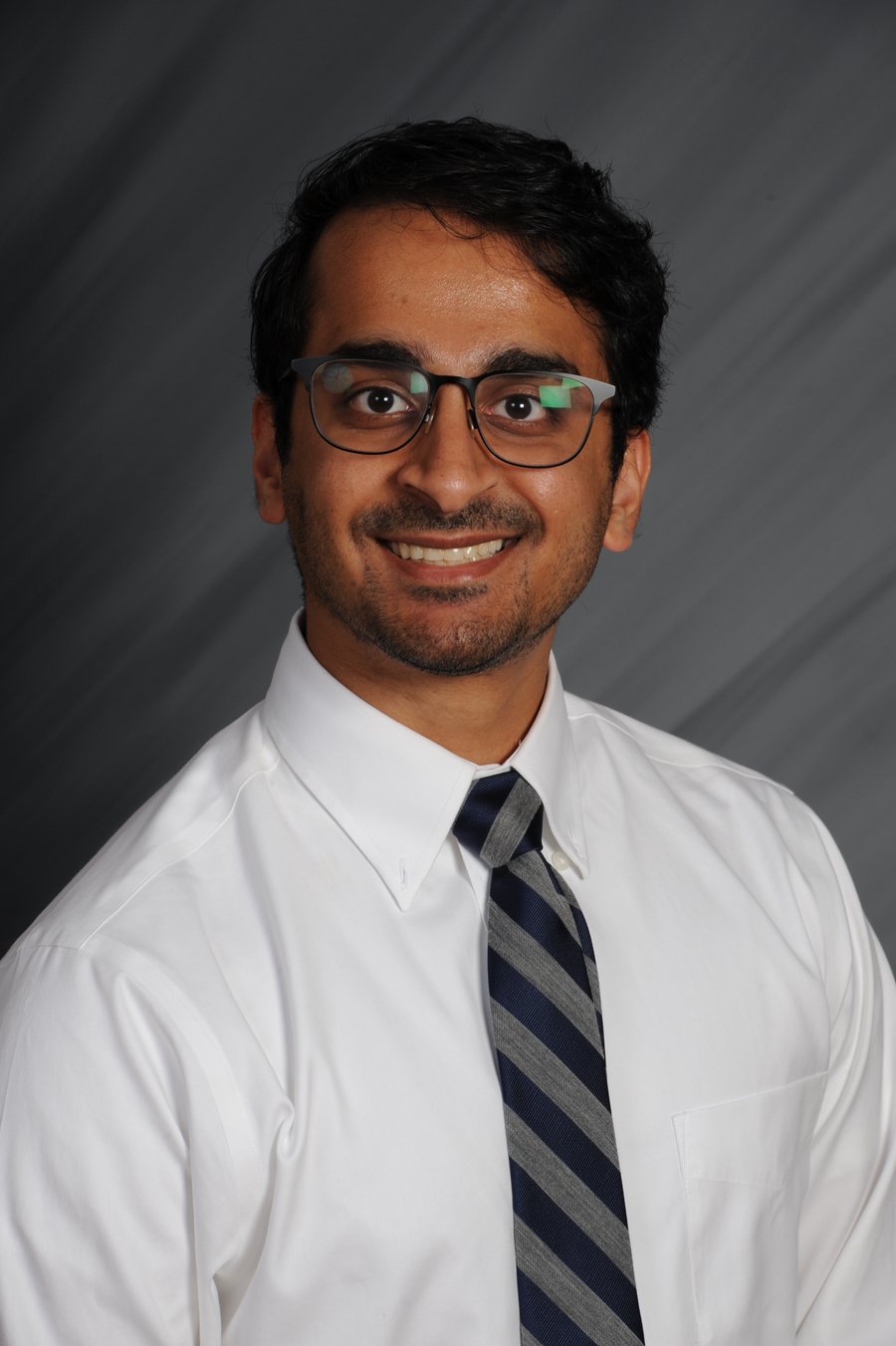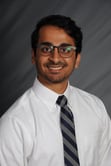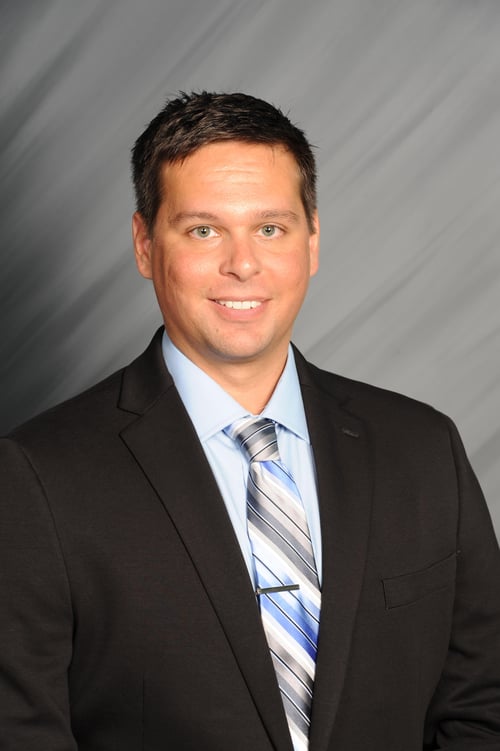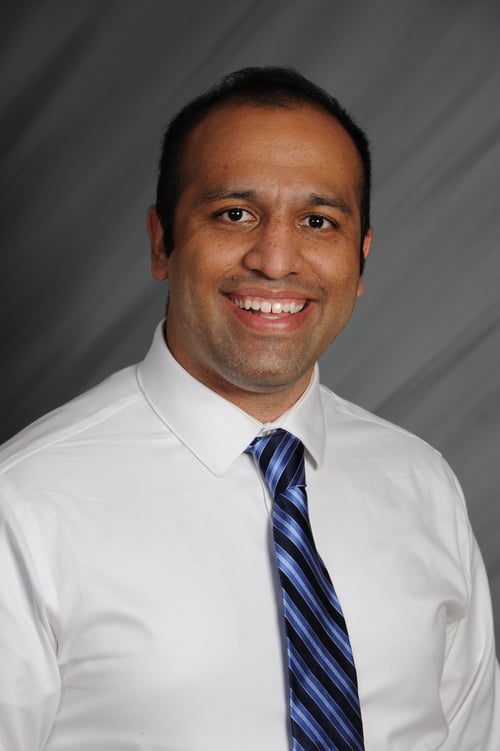
Nothing makes me itchier than the thought of lice. Also known as Pediculus humanus capitis, head lice are parasitic insects that feed on the blood of its host by living in their scalp, eyebrows or eyelashes. It's very easy to spread, but there are some common misconceptions about the way it spreads. Direct contact with the head of someone infected is the predominant method of transmission. Lice cannot fly, jump, or spread by other means. These little suckers are found all over the world and affect children the most but contact with someone with lice can infect anyone.
Signs of lice infection include severe itching of scalp and scratch marks around the hair line. Interestingly, those who’ve had lice before will have a delayed itching response from the time they get infected. The best way to see the bugs is to comb through wet hair. Dry hair has been shown to be less effective at visualizing the tiny critters. It is important that both immature lice (nymphs) and mature lice (adult louse) are seen to confirm active infection. Adult lice are the size of a sesame seed and have six legs. The one silver lining about lice is that they do not spread disease, unlike other insects such as mosquitos.
There are several options for treating lice. Most often your doctor will choose a medicated shampoo. It is important to follow the instructions for the medicine you are given including duration of treatment and how often a day to apply the shampoo. Inadequate treatment will only allow the lice to become resistant to medication used. Make sure to not use hair conditioners while treating with the medication as it can reduce how well it works. It is recommended to wash hair over the sink to avoid getting the medicine on the rest of your skin. Lastly, use warm water as opposed to hot water as hot water may allow the medication to be absorbed in the blood and go where its not needed. Another therapy is wet combing where the lice are mechanically removed with a wet comb; however, this method is tedious and usually reserved for those who are not able to use the medicated shampoos. If these therapies fail, your doctor may recommend pills to get rid of the lice.
The last important consideration with lice infections is to make sure re-infection does not occur. This means taking clothing, bedding, and towels that the infected person used and washing them in hot water and drying them in the dryer on high heat. If the item is not machine washer safe, it can be sealed in a plastic bag for 2 weeks. Also, anyone else in the house who appears to be developing an active infection should be treated. A common question parents have is when their child can go back to school. The CDC has recommendations on when to return to school but is unable to enforce any rules. Therefore, it is up to the school and its policies. Generally, children return to school 24 hours after starting treatment. Take care to watch out for lice, especially if you have children. And don’t be afraid to visit your doctor if you have concerns about it.
 Dr. Patel is a resident physician who sees patients of all ages and provides obstetrical services at Lone Star Family Health Center, a non-profit 501©3 Federally Qualified Health Center operating facilities in Conroe, Spring, Willis, Grangerland, and Huntsville, and serving as home to a fully integrated Family Medicine Residency Program to increase the number of Family Medicine physicians for Texas and our community.
Dr. Patel is a resident physician who sees patients of all ages and provides obstetrical services at Lone Star Family Health Center, a non-profit 501©3 Federally Qualified Health Center operating facilities in Conroe, Spring, Willis, Grangerland, and Huntsville, and serving as home to a fully integrated Family Medicine Residency Program to increase the number of Family Medicine physicians for Texas and our community.



